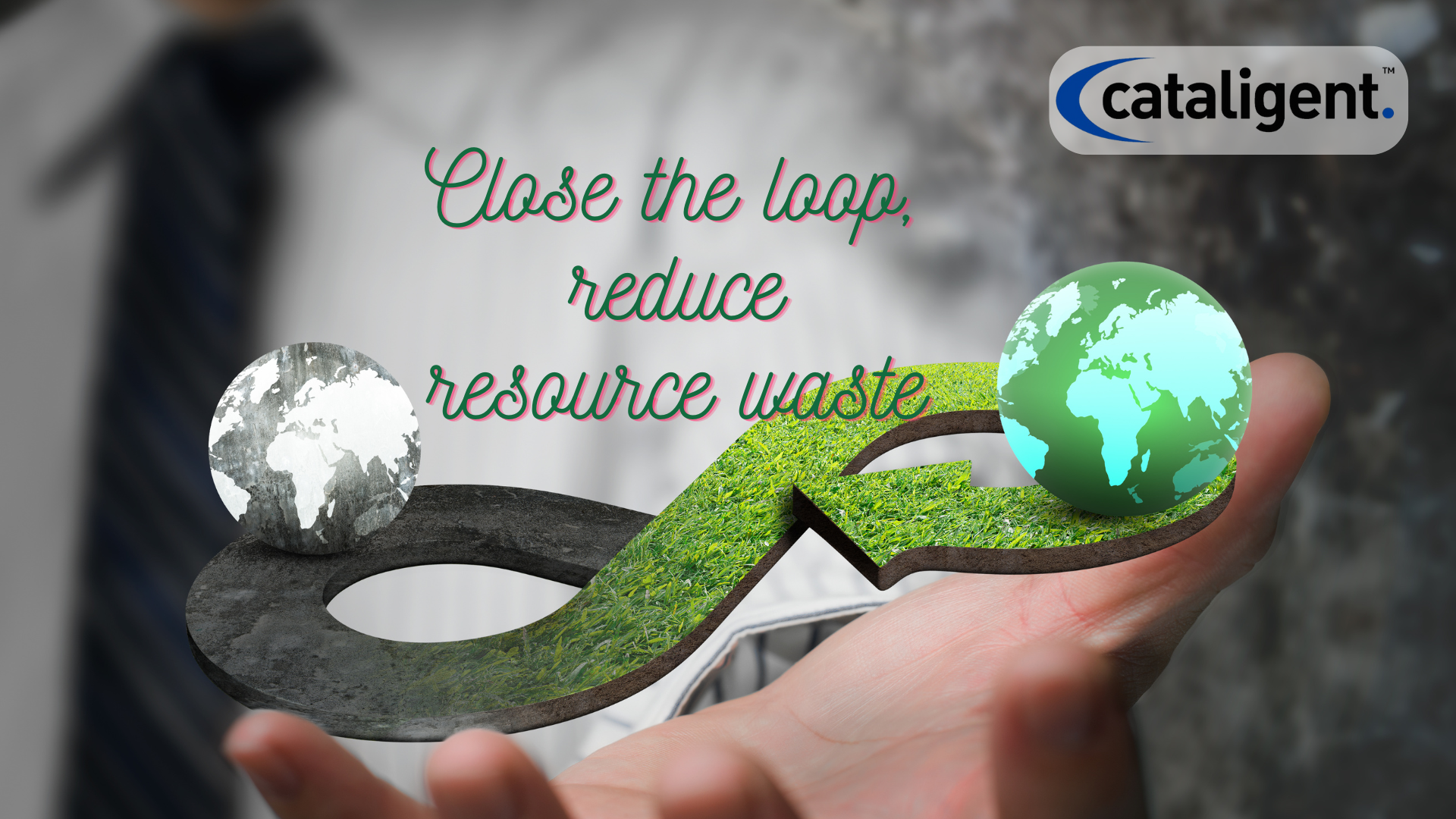Introduction
In today’s world, businesses and organizations are under increasing pressure to adopt sustainable practices that minimize waste and resource consumption. A circular economy approach is one of the most effective strategies to achieve this goal. By reusing, recycling, and repurposing materials, companies can reduce costs, enhance efficiency, and contribute to environmental sustainability.
This document explores the benefits of a circular economy, its cost-saving impact, and implementation strategies that organizations can adopt to transition toward a more sustainable model.
What It Involves
A circular economy approach involves designing products and processes to eliminate waste and extend the lifecycle of materials. Instead of following the traditional linear economy model (take, make, dispose), a circular economy emphasizes:
- Reuse: Maximizing the life cycle of products by refurbishing and repurposing them.
- Recycle: Transforming used materials into new products to reduce the need for virgin resources.
- Repurpose: Finding alternative uses for by-products and waste materials to minimize disposal.
A well-structured circular economy strategy ensures that materials remain in use for as long as possible, reducing the environmental footprint of production and consumption.
Cost-Saving Impact
Adopting a circular economy approach offers significant financial benefits, including:
- Reduced Procurement Costs: Maximizing material usage reduces the need to purchase new raw materials, leading to cost savings.
- Lower Waste Disposal Fees: Efficient waste management minimizes disposal expenses by reducing the amount of waste sent to landfills.
- Energy Savings: Recycling and reusing materials often require less energy compared to producing new items from raw resources.
- Enhanced Brand Reputation: Sustainable practices attract environmentally conscious consumers and stakeholders, potentially increasing revenue.
- Regulatory Compliance: Many governments offer incentives and tax benefits to organizations that adopt circular economy practices.
Implementation Strategies
Successfully implementing a circular economy requires a structured approach. Here are key strategies that organizations can adopt:
1. Establish Recycling Programs
A well-defined recycling initiative ensures that materials such as paper, metal, plastic, and electronics are properly collected and repurposed.
- Set up designated recycling bins across facilities.
- Partner with waste management companies that specialize in recycling.
- Educate employees on proper recycling practices to enhance participation.
2. Collaborate with Sustainable Suppliers
Working with suppliers who use recycled or upcycled materials can significantly reduce the demand for virgin resources.
- Source materials from companies that prioritize sustainability.
- Encourage suppliers to adopt eco-friendly packaging.
- Partner with organizations that offer take-back programs for used products.
3. Design for Longevity and Reusability
Incorporating sustainability into product design can extend the lifecycle of materials and reduce waste.
- Use modular designs that allow easy repairs and upgrades.
- Select durable materials that can withstand multiple uses.
- Avoid single-use packaging by opting for reusable alternatives.
4. Implement Waste Reduction Practices
Minimizing waste at the source prevents unnecessary resource consumption.
- Conduct waste audits to identify areas of excessive waste.
- Encourage employees to reduce paper use through digital alternatives.
- Optimize production processes to minimize material waste.
5. Promote a Culture of Circular Thinking
Engaging employees and stakeholders in sustainability initiatives ensures long-term success.
- Offer training programs on circular economy principles.
- Recognize and reward teams that contribute to waste reduction and recycling efforts.
- Encourage innovation by supporting sustainable product development ideas.
Potential Challenges and Solutions
While the benefits of a circular economy are significant, organizations may face some challenges in implementation. Here’s how to overcome them:
1. High Initial Investment
- Challenge: Transitioning to circular systems may require upfront costs for new equipment and infrastructure.
- Solution: Seek government incentives, grants, and partnerships to offset costs. Implement changes in phases to manage financial impact.
2. Supply Chain Complexity
- Challenge: Finding sustainable suppliers or sourcing recycled materials can be difficult.
- Solution: Build strong partnerships with suppliers who share sustainability goals. Use certification programs to identify responsible sourcing options.
3. Employee Resistance
- Challenge: Employees may be hesitant to adopt new processes.
- Solution: Provide training and communicate the long-term benefits of sustainability initiatives.
4. Market Demand for Sustainable Products
- Challenge: Consumer awareness and demand for recycled or upcycled products may be low.
- Solution: Educate customers about the benefits of circular economy products and highlight sustainability in marketing efforts.
Conclusion
Adopting a circular economy approach is a powerful strategy for reducing costs, minimizing waste, and promoting sustainability. By implementing recycling programs, collaborating with eco-friendly suppliers, designing long-lasting products, and fostering a culture of sustainability, organizations can achieve significant environmental and financial benefits.
Although challenges may arise, proper planning and phased implementation can ensure a smooth transition to circular business practices. In the long run, companies that embrace a circular economy not only contribute to environmental preservation but also gain a competitive advantage in an increasingly sustainability-focused marketplace.

